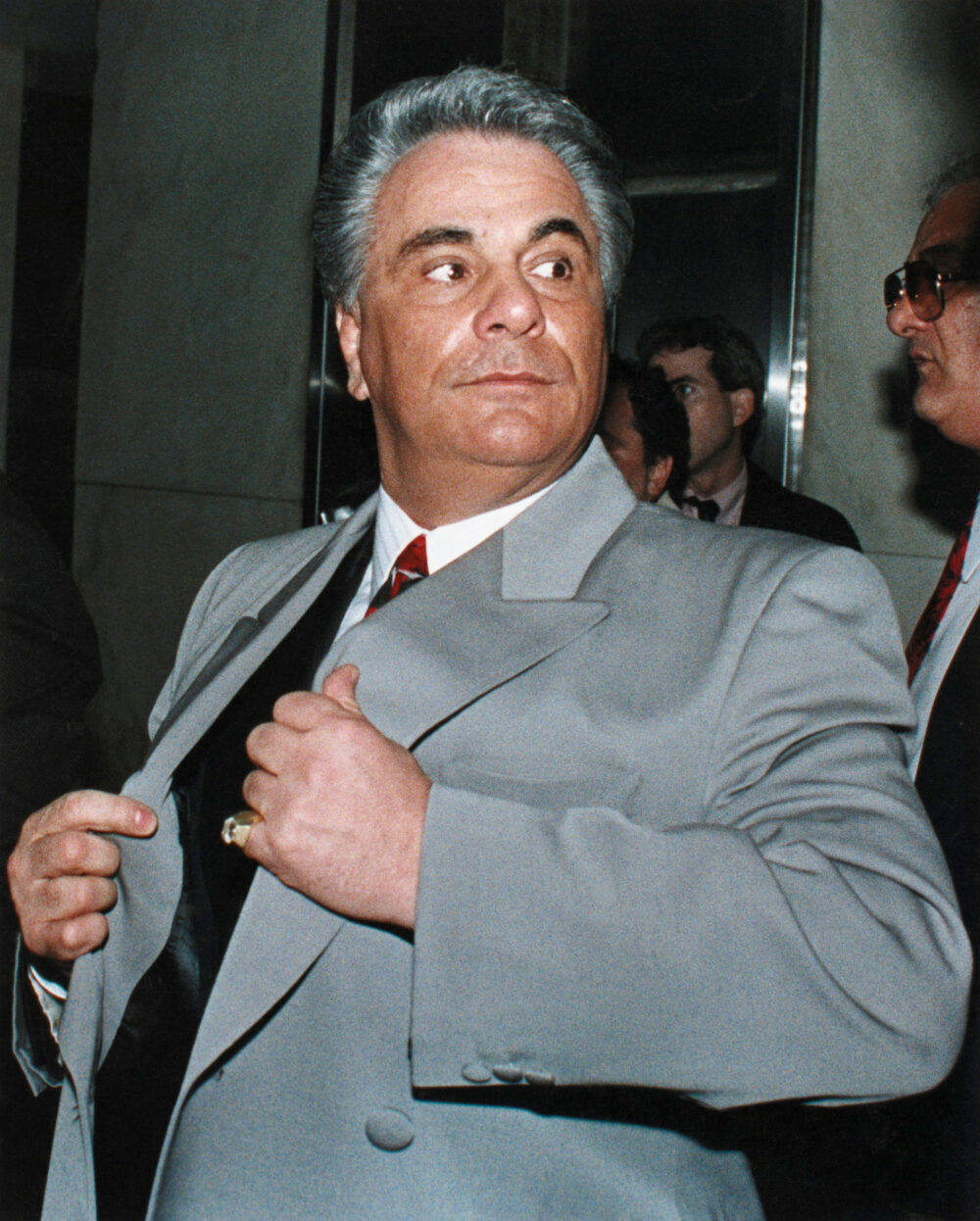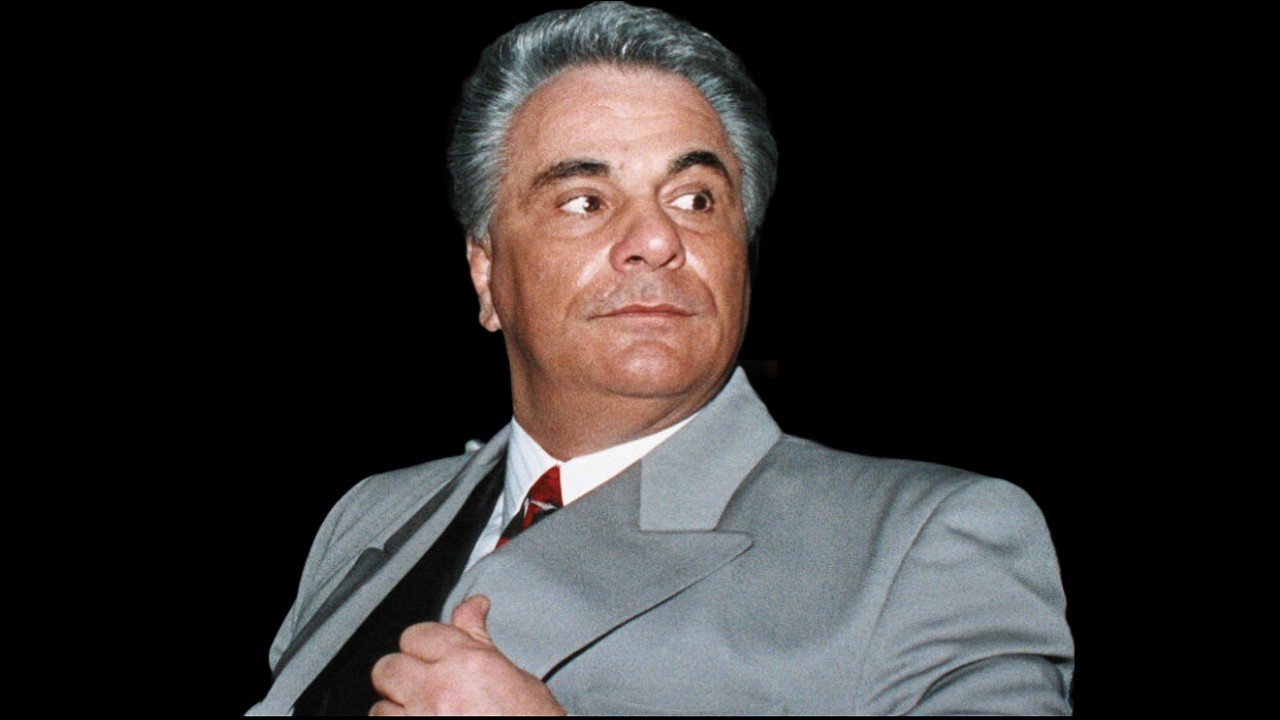
John Gotti: The Rise and Fall of the Dapper Don
In the annals of American organized crime, few figures captured the public imagination and media spotlight quite like John Joseph Gotti Jr. For a fleeting, notorious period, he was the "Dapper Don" and the "Teflon Don," a charismatic, sharp-suited mob boss who seemed to glide above the law, his acquittals stacking up like trophies. Yet, beneath the polished veneer and the swagger, Gotti presided over a brutal empire, driven by ambition, ego, and a fatal disdain for the Mafia’s most sacred rule: discretion. His dramatic rise and even more spectacular fall marked a turning point, not just for the Gambino crime family he led, but for the very nature of the American Mafia itself.
Born in 1940 in the South Bronx, Gotti was one of 13 children, raised in poverty and drawn early to the streets of Brooklyn. He quickly fell in with local gangs, developing a reputation for toughness and a willingness to use violence. By his early twenties, he was an associate of the Gambino family, then under the quiet, shrewd leadership of Carlo Gambino. Gotti’s mentor was Aniello Dellacroce, a fearsome underboss who recognized Gotti’s raw ambition and loyalty.

Gotti’s early career was characterized by truck hijackings, stolen cars, and petty crimes. However, his defining moment, and the one that truly catapulted him into the upper echelons of the mob, came on December 16, 1985. On that frigid evening, Paul Castellano, the stoic, business-minded boss who had succeeded Carlo Gambino, was gunned down outside Sparks Steak House in Midtown Manhattan. Castellano, who preferred corporate dealings to street violence, had alienated many within the family, including Gotti, by imposing a ban on drug dealing and seeking to maintain a low profile. Gotti, along with his underboss Salvatore "Sammy the Bull" Gravano and others, orchestrated the brazen hit, a direct violation of mob protocol that required permission from the Commission – a permission Gotti neither sought nor received.
"Castellano was a fat pig, a greedy bastard," Gotti reportedly told associates, justifying the assassination. "He had to go."
With Castellano eliminated, Gotti seized control of the Gambino family, becoming the new boss of America’s largest and most powerful crime syndicate. This audacious act sent shockwaves through the underworld, breaking decades of tradition and setting a dangerous precedent. But for Gotti, it was a declaration of power, a bold statement that the old ways were dead, and a new, more visible era had begun.
The early years of Gotti’s reign were marked by unprecedented public exposure. Unlike his predecessors, who operated in the shadows, Gotti embraced the limelight. He held court outside the Ravenite Social Club in Little Italy, always impeccably dressed in custom-made suits, his hair perfectly coiffed. He was dubbed the "Dapper Don" by the press, a nickname he relished. His confident stride, his defiant stare, and his readiness to offer a quick quip to reporters created an image of a fearless, almost glamorous outlaw.
This public persona was bolstered by a series of spectacular acquittals in the late 1980s. In 1986, Gotti was acquitted of assault charges. A year later, he faced federal racketeering charges, including conspiracy to commit murder. The prosecution’s case seemed strong, but the jury ultimately found him not guilty. This string of legal victories earned him another indelible moniker: the "Teflon Don," implying that no charges, no matter how serious, could stick to him.
"I just deal with garbage," Gotti famously told a reporter after one acquittal, brushing off the charges with a smirk. "The mob is a myth."
The FBI, however, knew better. They watched Gotti with increasing frustration, pouring vast resources into surveillance. They bugged the Ravenite Social Club, the apartment above it where Gotti often met with his inner circle, and even the phone booths he used. These wiretaps would eventually capture thousands of hours of conversations, providing an unprecedented look into the inner workings of the Gambino family and, more importantly, Gotti’s own words. What they revealed was a man far less polished than his public image suggested – a ruthless, paranoid, and often vulgar boss who reveled in violence and micromanaged every detail of his criminal enterprise.
Beneath the surface of his charmed existence, cracks were beginning to show. Gotti’s arrogance grew with each acquittal, leading him to make increasingly reckless decisions. He publicly berated his underlings, fostering resentment. He became paranoid, trusting fewer and fewer people. The constant media attention, while initially beneficial to his image, also served to heighten the pressure on law enforcement to finally bring him down.

The walls truly began to close in with the relentless efforts of federal prosecutor John Gleeson and the cunning strategies of the FBI. Their breakthrough came in 1990, not from a new piece of evidence, but from within Gotti’s own trusted circle. Sammy Gravano, Gotti’s loyal and brutal underboss, had grown disillusioned. Gravano had been a key player in the Castellano hit and many other violent acts on Gotti’s behalf. But Gotti’s increasingly erratic behavior, his public criticisms of Gravano, and the threat of a long prison sentence for Gravano himself pushed "The Bull" to make an unprecedented decision.
After Gotti, Gravano, and consigliere Frank Locascio were indicted on a litany of charges, including five murders, racketeering, and obstruction of justice, Gravano did the unthinkable: he agreed to turn state’s evidence. He became the highest-ranking member of a New York crime family to ever cooperate with the government. His testimony would be the final, devastating blow to the "Teflon Don."
"He was too hot," Gravano later explained of Gotti, referring to the intense law enforcement scrutiny. "He put himself before the family, before everybody."
The trial began in January 1992, with the proceedings largely based on the damning wiretap recordings and Gravano’s explosive testimony. Gravano, calm and articulate on the stand, detailed Gotti’s involvement in murder, extortion, and other criminal activities, including the murder of Paul Castellano. He recounted conversations where Gotti gloated about the hits and disparaged rivals. The recordings themselves, played in court, exposed Gotti’s true character: a man who ordered murders with casual indifference and openly discussed his criminal exploits.
On April 2, 1992, after 13 hours of deliberation, the jury found John Gotti guilty on all 14 counts, including five murders, conspiracy to commit murder, racketeering, obstruction of justice, illegal gambling, and tax evasion. The verdict sent shockwaves through the underworld. The "Teflon Don" had finally been stripped of his invincibility.
"This is not a victory for the government," Gotti’s defense attorney, Albert Krieger, declared outside the courthouse, still defiant. "This is a defeat for the Constitution."
The conviction meant a mandatory sentence of life in prison without parole. Gotti was initially sent to the federal penitentiary in Marion, Illinois, a maximum-security facility designed for the most dangerous inmates. He spent most of his remaining years in solitary confinement, isolated from the world he once dominated. The once "Dapper Don" became a prisoner, his suits replaced by an orange jumpsuit, his public appearances replaced by the grim solitude of a cell.
His health began to deteriorate in the late 1990s. In 1998, he was diagnosed with throat cancer. Despite medical treatments, including surgery and radiation, the cancer spread. John Gotti died on June 10, 2002, at the U.S. Medical Center for Federal Prisoners in Springfield, Missouri, at the age of 61.
John Gotti’s story is a complex tapestry woven with threads of ambition, violence, charisma, and ultimate betrayal. His rise challenged the traditional Mafia code of silence and discretion, bringing the underworld into the dazzling glare of public scrutiny. He inadvertently exposed the vulnerabilities of the mob, demonstrating that even its most seemingly untouchable leaders could be brought down by internal betrayal and relentless law enforcement.
While some romanticize him as the last of the "celebrity mobsters," a defiant figure who stood up to the system, the reality was far grimmer. Gotti’s reign was marked by increased violence, internal strife, and ultimately, the weakening of the very organization he sought to control. His pursuit of fame over prudence, his ego overriding the mob’s centuries-old principles, served as a cautionary tale for those who followed.
The fall of the "Teflon Don" marked the end of an era for the American Mafia. It ushered in a period of diminished power and increased secrecy, as mobsters learned the harsh lesson that charisma and public defiance were no match for wiretaps and turncoat testimony. John Gotti, the Dapper Don, remains an iconic figure, a testament to the fleeting allure of power and the inevitable reckoning that awaits those who believe themselves to be above the law. His legacy is not one of triumph, but of a spectacular and ultimately self-destructive journey from the streets of New York to the confines of a federal prison.


